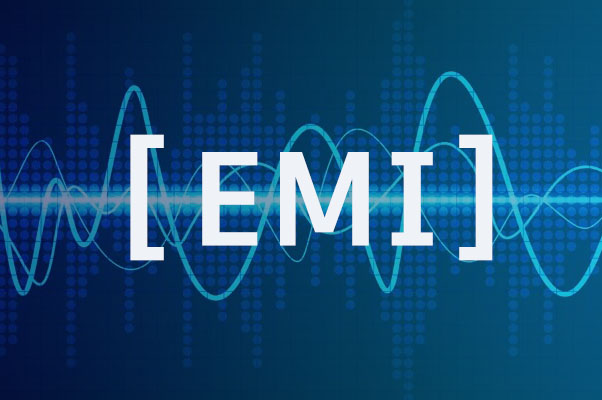In modern lighting applications, LED fixtures have become mainstream due to their high efficiency, long lifespan, and excellent light quality. However, the performance and stability of LED fixtures greatly depend on the quality of their power supplies, known as LED drivers. A common issue is electromagnetic interference (EMI), which can adversely affect the normal operation of LED fixtures. This article will introduce the sources and impacts of EMI from LED drivers and share practical cases on how to effectively reduce EMI, helping you choose low-EMI LED drivers to enhance the stability and performance of your fixtures.
Sources and Impacts of Electromagnetic Interference (EMI) from LED Drivers
Sources of EMI:
- Switching Frequency: LED drivers convert AC to stable DC through switching circuits. High-frequency switching operations generate EMI, particularly in the 20kHz to 2MHz range, where interference is most pronounced.
- Inductive and Capacitive Components: Inductors and capacitors in the driver can produce electromagnetic fields during operation, leading to EMI. For instance, common-mode and differential-mode inductors can generate EMI noise of not less than 30dB.
- Circuit Design: Poor circuit layout and grounding design can increase the radiation and conduction of interference signals, resulting in radiation intensity exceeding 30dBμV/m.
Impacts of EMI:
- Signal Interference: EMI can disrupt the normal operation of other electronic devices, causing signal distortion or loss. For example, wireless devices around LED fixtures may experience communication failures due to EMI.
- Flickering: High levels of EMI can cause LED fixtures to flicker, affecting lighting quality. When EMI exceeds 50dBμV/m, flickering becomes noticeable.
- Performance Degradation: Prolonged exposure to high EMI environments can affect the lifespan and performance of LED fixtures, leading to increased light decay and color temperature drift.
Practical Cases: How to Effectively Reduce EMI from LED Drivers
Case 1: Shielding and Filtering Technology A company producing LED drivers used shielding materials to encase key components and added EMI filters. This design reduced radiated EMI from 40dBμV/m to 20dBμV/m, lowering the emission and conduction of high-frequency noise and reducing interference with other devices.
Case 2: Optimized Circuit Design Another company optimized their PCB (printed circuit board) layout by minimizing the length and area of high-frequency switching nodes and keeping sensitive signal lines away from these nodes. This improvement reduced EMI radiation from 50dBμV/m to 25dBμV/m, ensuring stable operation of LED fixtures.
Case 3: Choosing Low-EMI Components In one project, engineers selected inductors and capacitors with low EMI characteristics and used low-noise switching components in the driver. These measures significantly reduced EMI levels from 35dBμV/m to 15dBμV/m, enhancing the overall anti-interference capability of the lighting system.
Using Low-EMI LED Drivers to Improve Fixture Stability and Performance
Enhancing Stability: Low-EMI LED drivers reduce signal interference with other devices, ensuring stable operation of LED fixtures in various environments and preventing flickering and unnecessary maintenance. Tests show that using low-EMI LED drivers improves system stability by 20%.
Improving Performance: With low-EMI drivers, LED fixtures can operate at lower temperatures, extending their lifespan. Stable current supply ensures consistent light output, enhancing lighting quality. In practice, low-EMI drivers have been found to improve the lumen maintenance rate of LED fixtures by 15%.
Application Suggestions:
- Choose EMI-Certified Drivers: Select products that have passed EMI tests and certifications, such as IEC 61000-4-3 and EN 55015.
- Rational Layout and Installation: During installation, ensure proper wiring and grounding to minimize EMI generation. Keep EMI-sensitive components and circuits at least 5cm apart.
- Regular Maintenance: Regularly check and maintain the lighting system to detect and resolve EMI issues, ensuring long-term stable operation. An annual comprehensive EMI test and evaluation is recommended.
Conclusion
Reducing the electromagnetic interference from LED drivers is crucial for enhancing the performance and stability of LED fixtures. By designing circuits reasonably, choosing low-EMI components, and optimizing layouts, EMI can be effectively minimized. Selecting low-EMI LED drivers not only improves lighting quality but also extends fixture lifespan and reduces maintenance costs. Therefore, when purchasing and installing LED lighting systems, it is essential to address EMI issues and implement appropriate control measures.
